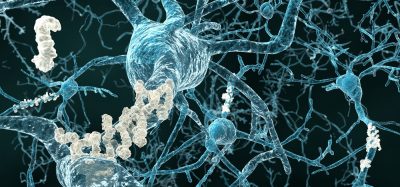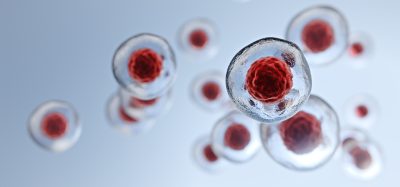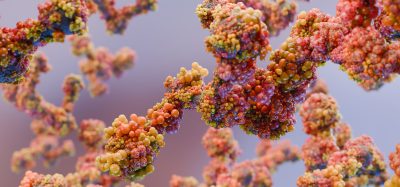Webinar highlights: Cell-based and biochemical high-throughput screening in 1536-well plates
Posted: 5 December 2018 | BMG Labtech GmbH | No comments yet
The Small Molecule Screening Facility (SMSF) at the University of Wisconsin Madison is a comprehensive high-throughput screening (HTS) centre where researchers have investigated antibiotic-resistant bacterial infections and screening for protein-protein interactions using HTS methods.


On October 30 BMG LABTECH was happy to be able to sponsor a webinar at which Dr Gene Ananiev was the featured speaker. After Dr Carl Peters and Dr Iain Russell, from BMG LABTECH and Labcyte, respectively, provided an introduction about how microplate readers and liquid handling equipment assist in screening campaigns, Dr Ananiev went into detail about some of the successful campaigns at the University of Wisconsin Small Molecule Screening Center.
What is the accurate way to estimate pico or femto level proteins in a solution?
There are a number of kits that employ fluorescent detection to enable determination of protein concentration. Many of these are suitable for use with microplate readers. These kits are more sensitive but thus far appear to reach a limit in nanogram range of protein concentration. Creating high sensitivity and accurate quantification methods is an ongoing pursuit so it is possible that a new approach will become available that will enable detection to these lower concentrations.
Can we do, fluorescence polarisation assay with intact bacterial cells?
Both Gene and Carl addressed this question to some extent during the Q&A period. Fluorescence polarisation in intact cells is typically a difficult task. There are a lot of confounding factors that hinder this approach. However, we have seen many success stories especially when they are able to employ red-shifted fluorophores that avoid some of the auto-fluorescent aspects found in cells and media. I think we agree that it should be possible. Having looked into this a bit further we did not come across any report of fluorescence polarisation in intact bacterial cells being successfully performed. So that does give us some pause, but BMG has many highly experienced scientific professionals. If this is to be achieved BMG LABTECH has the experience needed to give it the best chance.
Biomarkers are redefining how precision therapies are discovered, validated and delivered.
This exclusive expert-led report reveals how leading teams are using biomarker science to drive faster insights, cleaner data and more targeted treatments – from discovery to diagnostics.
Inside the report:
- How leading organisations are reshaping strategy with biomarker-led approaches
- Better tools for real-time decision-making – turning complex data into faster insights
- Global standardisation and assay sensitivity – what it takes to scale across networks
Discover how biomarker science is addressing the biggest hurdles in drug discovery, translational research and precision medicine – access your free copy today
Looking to the future, do you know of any technologies which offer individually addressable array readouts that can detect different analytes in each one of the 1536 wells?
This is quite speculative. It is of course already possible to see the effect of different treatments in each well of a 1536 well plate. But this requires that the readout employed be identical for every well. The question seems to be angling toward having distinct readouts for each, so the short answer is no there is not such a technology on the horizon. That being said, there are more and more options for multiplexing of readouts and one can imagine using the ability isolate discrete detection signals from a mixture. We certainly are not there but is it possible that we could achieve something that at least approaches this? We would not say no to that possibility.
Related topics
Assays, Cell-based assays, High-Throughput Screening (HTS), Microplate Readers, Protein, Screening, Small molecule
Related organisations
BMG Labtech GmbH, Labcyte Inc., University of Wisconsin Madison (Carbon Cancer Center)








